
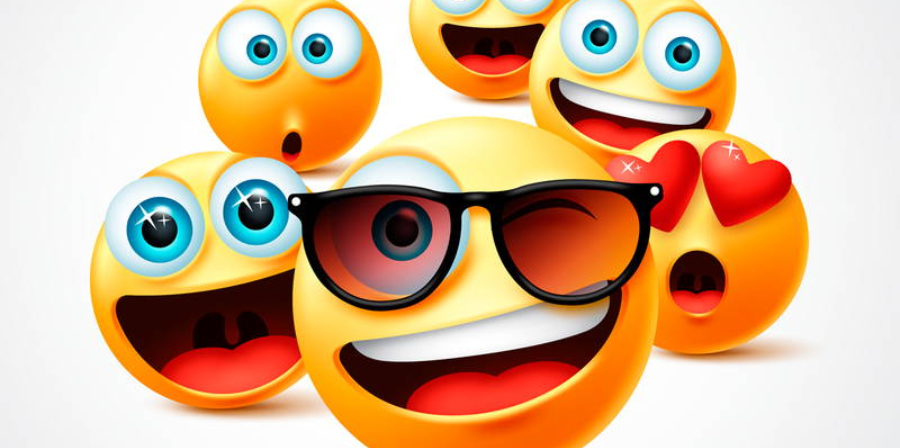
Emojis are smileys, logograms, pictograms, or ideograms that are incorporated in text and used on websites and in electronic messages. Modern emoji are mostly used to replace words in logographic systems and to add emotional indicators to typed conversations that would otherwise be absent.
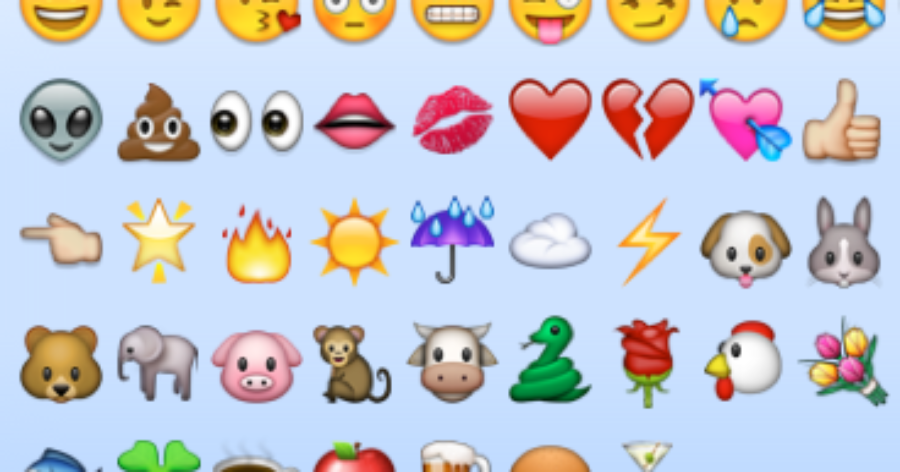
*The Emoji Universe* 🌎 Emojis have completely changed the way we communicate by giving digital exchanges a distinct tone and personality. *Emoji History* The first set of emojis were created by Japan's Shigetaka Kurita in 1999. The Unicode Consortium standardizes emojis in 2010. - 2015: Emojis gain popularity *Emojis in Interaction* 💨 1. Incorporate passion and tone 2. Explain difficult concepts clearly 3. Boost eye appeal 4. Fill in linguistic gaps *Emojis in Society* 🎉 1. Trends and memes 2. Promotion of brands 3. Social movements 4. Graphics and artwork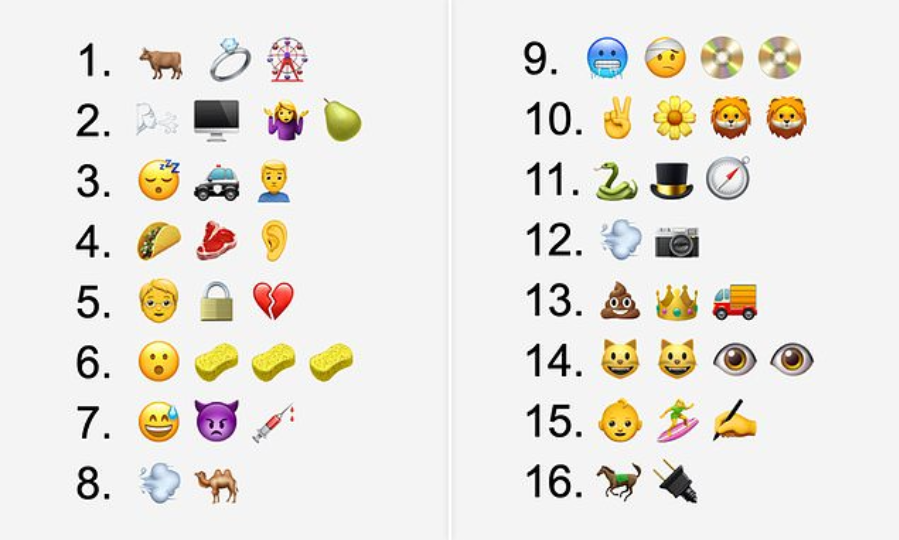
guess it ❓
Answer is in the end!
Digital communication is now more expressive, interesting, and enjoyable thanks to emojis. The Development of Emojis 1999 saw the creation of the first 176 emojis by Shigetaka Kurita for the NTT DoCoMo mobile network in Japan. Apple added emojis to the iPhone in 2007. 2010: Emojis are standardized by the Unicode Consortium. 2011: Emojis gain global traction. 2015 saw the widespread use of emojis. Emoji Types: 1. Smileys and Feelings; 2. Nature and Animals; 3. Food and Drink 4. Things and Signs 5. Tributaries and Traditions 6. Body Parts and Gestures 7. Places and Travel 8. Activities and Sports Use of Emojis 1. Chat apps; 2. Email; 3. Social media; 4. Text messaging; 5. Websites and blogs 6. Promotion; 7. Illustration and style Benefits of Emoji 1. Make the appearance more appealing 2. Express mood and feeling 3. Make difficult concepts simple.
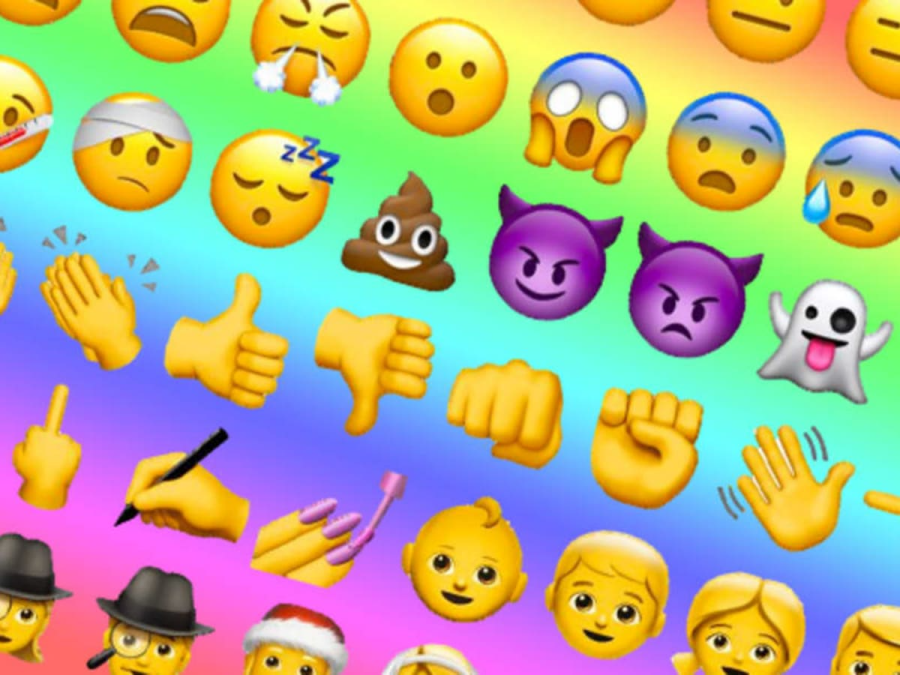
Simplify communication: By expressing difficult concepts or feelings in a single, instantly identifiable sign, emojis can make social media conversation easier. to both replace words as part of a logographic system and to add emotional clues that would otherwise be absent from typed speech. *Emoji Types* 1. Emojis and Feelings 2. Nature and Animals 3. Food and Beverages 4. Things and Signs 5. Tributaries and Traditions Emoji Tasks 1. Disparities in culture 2. Variations in interpretation 3. Limited representation 4. Overuse 5. Technical difficulties Interesting Emoji Information 1. The "Tears of Joy" emoji is the most commonly used emoji. 2. Art may be made with emojis. 3. Emojis are lexicon-specific. 4. Emojis have legal applications. Resources for Emoji , The Emojipedia
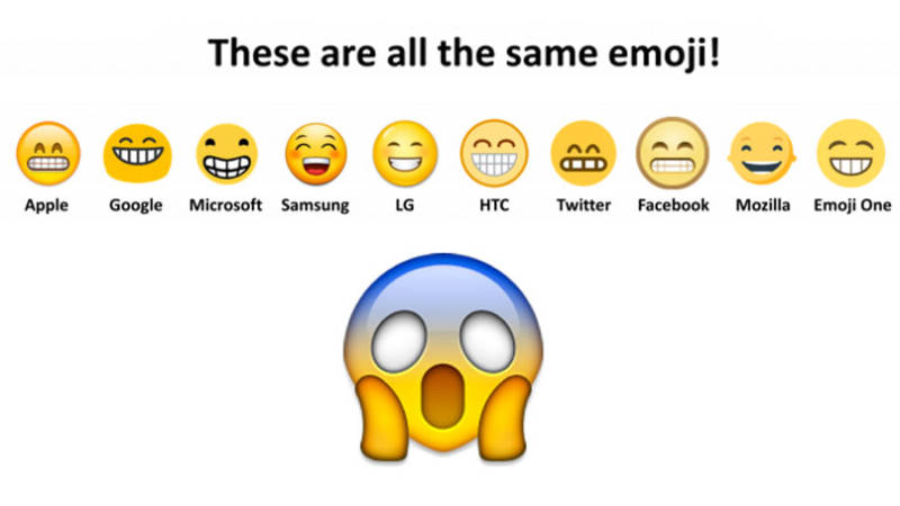
Definition for some emojis:
A melting, happy face is shown by the 🫠 Melting Face emoji. Emojis are frequently employed to convey intense emotions and intense feelings, such humiliation, shame, disgust, or frustration.
🙃 Upside-down face: conveys sarcasm and levity. Other Names: foolish, sarcastic.
The "😶🌫️" emoji depicts a face that looks to be encircled by clouds or a smoke haze. This is ambiguous and could be a sign of bewilderment, a fogginess in the mind, or even peaceful happiness.
The dotted line face emoji, 🫥, can convey emotions like as sadness, uncertainty, or loneliness.
🧿 Emojis can be used to symbolize protection, good fortune, or the idea that one is shielding oneself or others from harm or negative energy.
👁️🗨️ "Eye in speech bubble representing anti-bullying campaign" .
Answer for above emojis questions
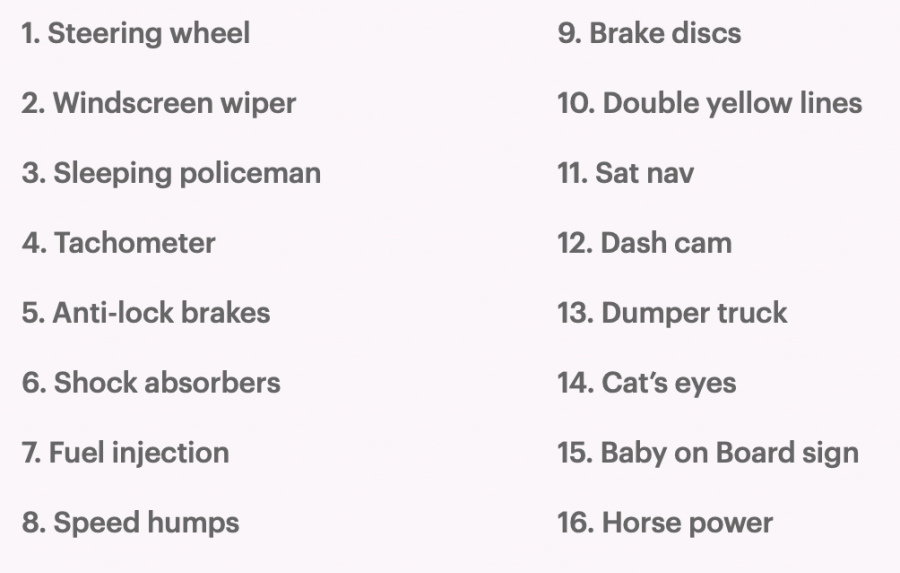
What's your favorite emoji? 🤔 CMD IT!
THANK YOU FOR READING!
FOLLOW ME !
